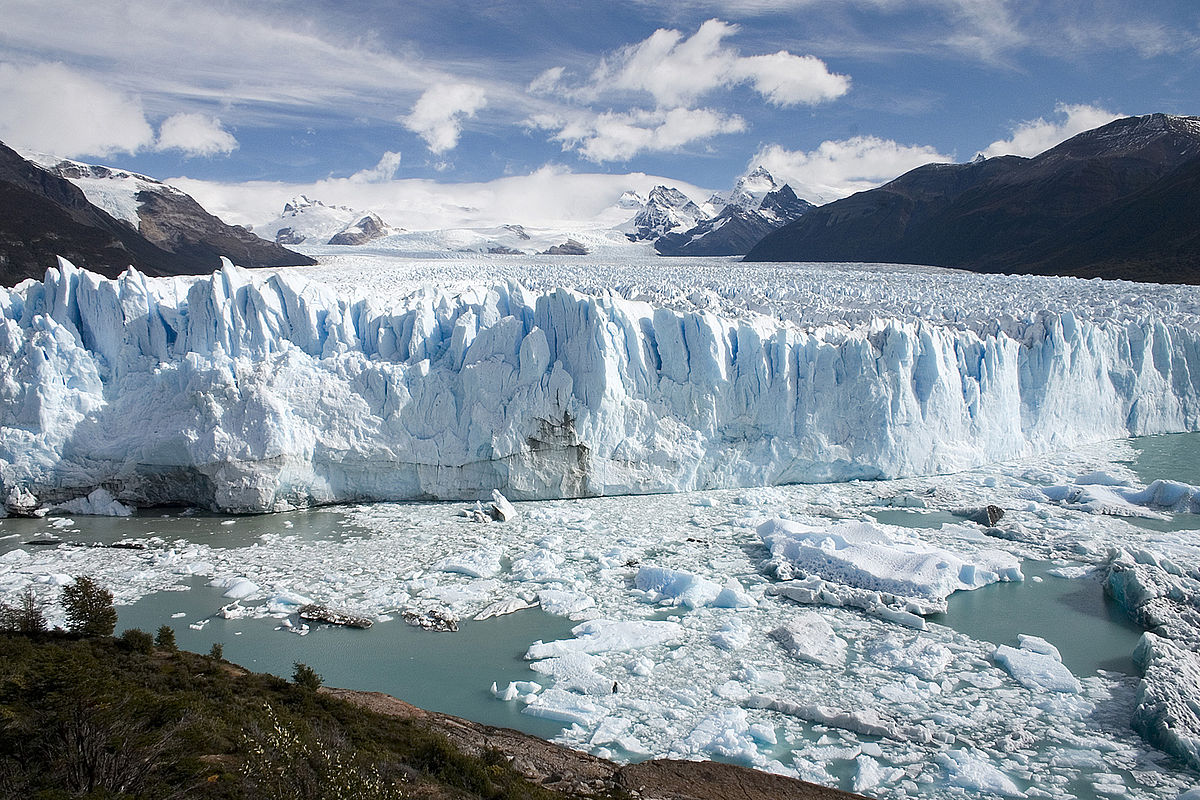Imagine a landscape that stretches on for infinity, covered in arid steppe. This is what Patagonia in Argentina looks like. Known for its adventures, myths and legends, it is becoming an increasingly popular place for people to visit. After all, when people like Therou, Hudson and Chatwin start talking about it, as well as Charles Darwin of course, it becomes something to investigate even closer.
A Land of Extremes
Very few places on earth can be compared to Patagonia. Experience the biting winds of the Southern Patagonian Icecaps that howl over the largest permanent ice area away from the poles. Or experience the hearthside warmth and hospitality of old Patagonia. Or perhaps you want to experience the lowest point of the continent of South America at the Gran Bajo de San Julian.
Or maybe you want to visit the Fitz Roy massif and its beautiful peaks. Or perhaps you prefer the sterile coastline plains with some of the world’s most amazing marine fauna, which finds Patagonia to be a perfect breeding spot. It has something for everybody, which is why organized tours through operators like Tauck Tours are so popular.
History of Patagonia
Patagonia was an area occupied by indigenous tribes until the European seafarers arrived in the 16th century. Indeed, these tribes lived here for more than 10,000 years. Magellan landed at the Bahia San Julian and named the area Patagonia after he heard the tales told of people who were lost on these plains. Before long, it was believed that death struck hard in this godless region and it took on mythical qualities.
For around 200 years, failed attempts at colonizing the area took place. Only the Spanish came close with their Carmen de Patagones trading center, established in 1779. However, various other settlements did not fare as well as that. However, in 1865, the Welsh Nonconformists traveled to Punta Arenas, which was established in 1848 and established an agricultural colony. To achieve this, they had to be subsidized by the government of Argentina and, on numerous occasions, they were saved from starvation by the Tehuelche, a local tribe.
Sheep were introduced towards the end of the 19th century and that changed everything. Suddenly, it was no longer seen as a place of hardship, but rather as a land of opportunity. Within a generation, the plains were covered with roads and land areas were fenced in. The native tribes were swiftly removed and the local wildlife, which included pumas and foxes, were culled through poison. By 1970, more than 16 million sheep grazed the pastures of Patagonia. Soon thereafter, oil was discovered and areas such as Comodoro Rivadavia became unspeakably wealthy.
However, due to desertification and plummeting wool prices, sheep farming could not continue. Then, in 1991, Volcan Hudson erupted, burying the grazing lands in ash. At the same time, the oil industry cut thousands of jobs. Some say that, while this negatively affected a lot of people, it has actually brought about positive change. At present, the wool industry is recovering and Pantagonia is seeing increased tourism, mainly due to its fantastic local wildlife.




